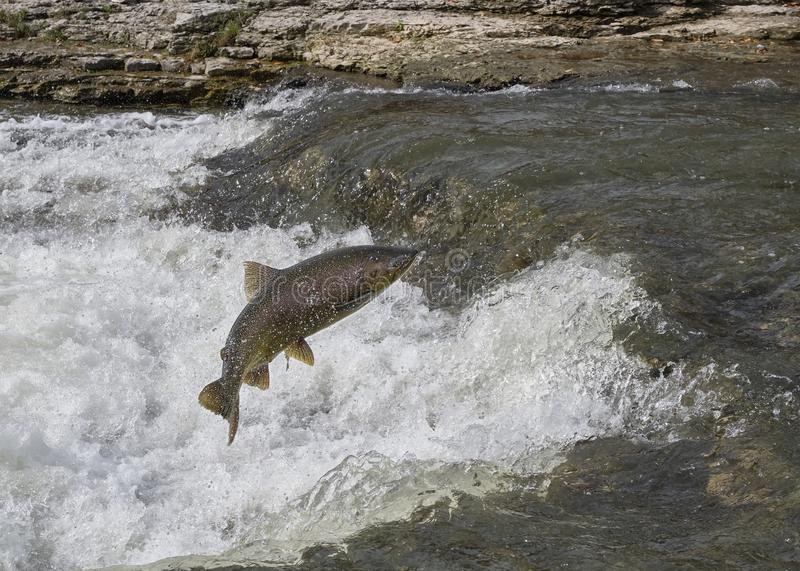| Categories: |
|---|
Estimated reading time: 2 minutes
There are many plant and animal species considered to be threatened, endangered, or of special concern to regulators and the public. Correctly estimating population sizes, relationship to habitats, and potential effects of industrial activities is crucial to many environmental concerns of regulators, project opponents, and the public.
The most effective approach to addressing these concerns is to quantify how potential activities could effect a species, local population, or human management unit such as stocks and present the results in language understood by non-technical decision-makers, including finders of fact in environmental litigation.
Closely related concerns use the terms “healthy ecosystems” and “sustainable populations.” These are subjective concepts and cannot be directly measured, but they are at the core of environmental permitting decisions by regulators. Environmental NGOs often use these emotional terms as the basis for appeals and legal challenges.
Abstract concepts such as “healthy ecosystems” and “sustainable populations” are not directly measured as we would lengths, area, weights, and temperatures. Social sciences (e.g., psychology, economics, sociology) are based on abstract concepts like these and decades ago their practitioners adopted suitable statistical models to analyze them and apply results to real issues. Consider the concept of IQ. We assume that each individual has innate abilities over a broad range of actions but we cannot directly measure the aggregate of all these different abilities (the IQ score). Social scientists defined a set of causal variables that by convention represent overall IQ when each variable’s relative contribution to the whole is determined.
Environmental science is only now starting to use the same approach to address similar difficult concepts in natural ecosystems. By applying the appropriate path model to environmental concerns about a regulated activity’s potential impacts on water quality, water quantity, fish, wildlife, wetlands, and other ecosystem components we can quantify cause and effect.
This work was originally published on the Applied Ecosystem Services, LLC web site at https://www.appl-ecosys.com/blog/when-fish-and-wildlife-are-the-issue/
It is offered under the terms of the Creative Commons Attribution-NonCommercial-NoDerivatives 4.0 International license. In short, you may copy and redistribute the material in any medium or format as long as you credit Dr. Richard Shepard as the author. You may not use the material for commercial purposes, and you may not distribute modified versions.

